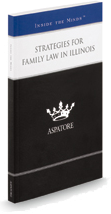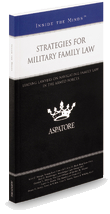On behalf of Stange Law Firm, PC posted in Divorce on Tuesday, June 9, 2015.
The landscape of family law has changed significantly over the years, especially in the past decade. We have previously noted that social media sites like Facebook are increasingly being used as sources of evidence in divorce and child custody disputes, which is one of the many reasons why it’s important to be careful about what you put online.
Evidence collection isn’t just limited to social media sites, however. According to a recent survey of the American Academy of Matrimonial Lawyers, smartphones and apps are now huge sources of evidence in family law cases.
Approximately 97 percent of AAML members surveyed said that they have noticed an increase (within the past three years) of evidence mined from smartphones and other wireless devices. These results are unsurprising, considering just how much personal information can be stored on or accessed through our smartphones.
According to the AAML survey:
- 46 percent of evidence gathered comes in the form of text messages
- 30 percent of evidence gathered comes from emails
- 12 percent of evidence gathered comes from phone numbers and call history logs
- The two apps most likely to produce useful divorce evidence are “Snapchat” and “Find My iPhone”
Presumably, the two apps listed above are often tied to allegations of infidelity. Snapchat has gained a reputation as a sexting app because its messages and pictures disappear a few seconds after they are received. Most users don’t realize, however, that this disappearing content sometimes gets stored in hidden folders on the smartphone, meaning they could potentially be retrieved by someone with the right set of skills.
Find My iPhone is a great way to track your phone if it has been lost or stolen, but it can also be used to track your spouse’s movements. If you suspect that your spouse is having an affair or otherwise lying about their whereabouts, you may be tempted to use this app for tracking purposes.
When social media and wireless technology first began playing a larger role in family law cases, it was common to hear speculation that they were “causing” divorce. At best, this is an oversimplification of the problem. Instead, they are merely tools, and whether they are “good” or “bad” depends on how they are used and for what purposes.



